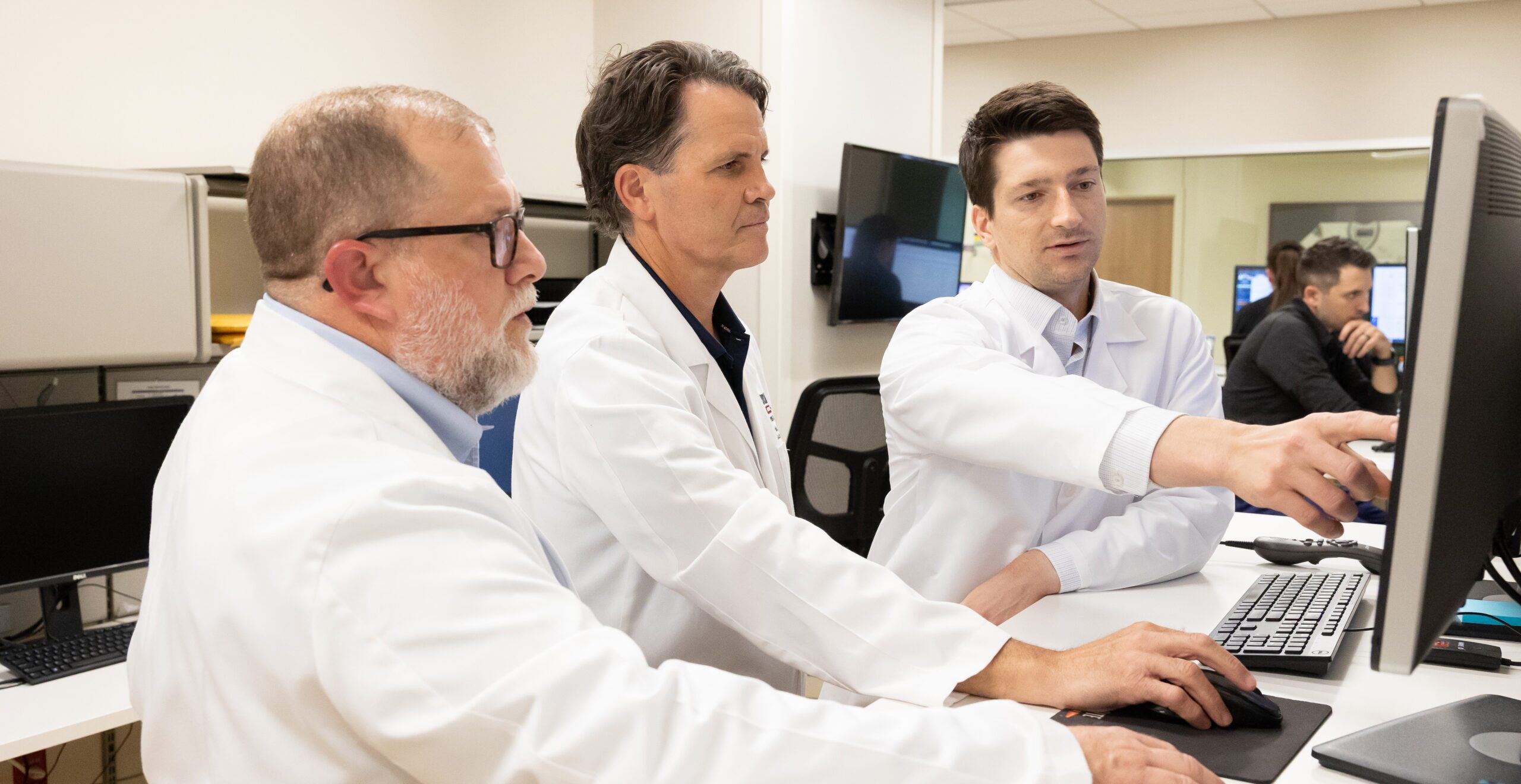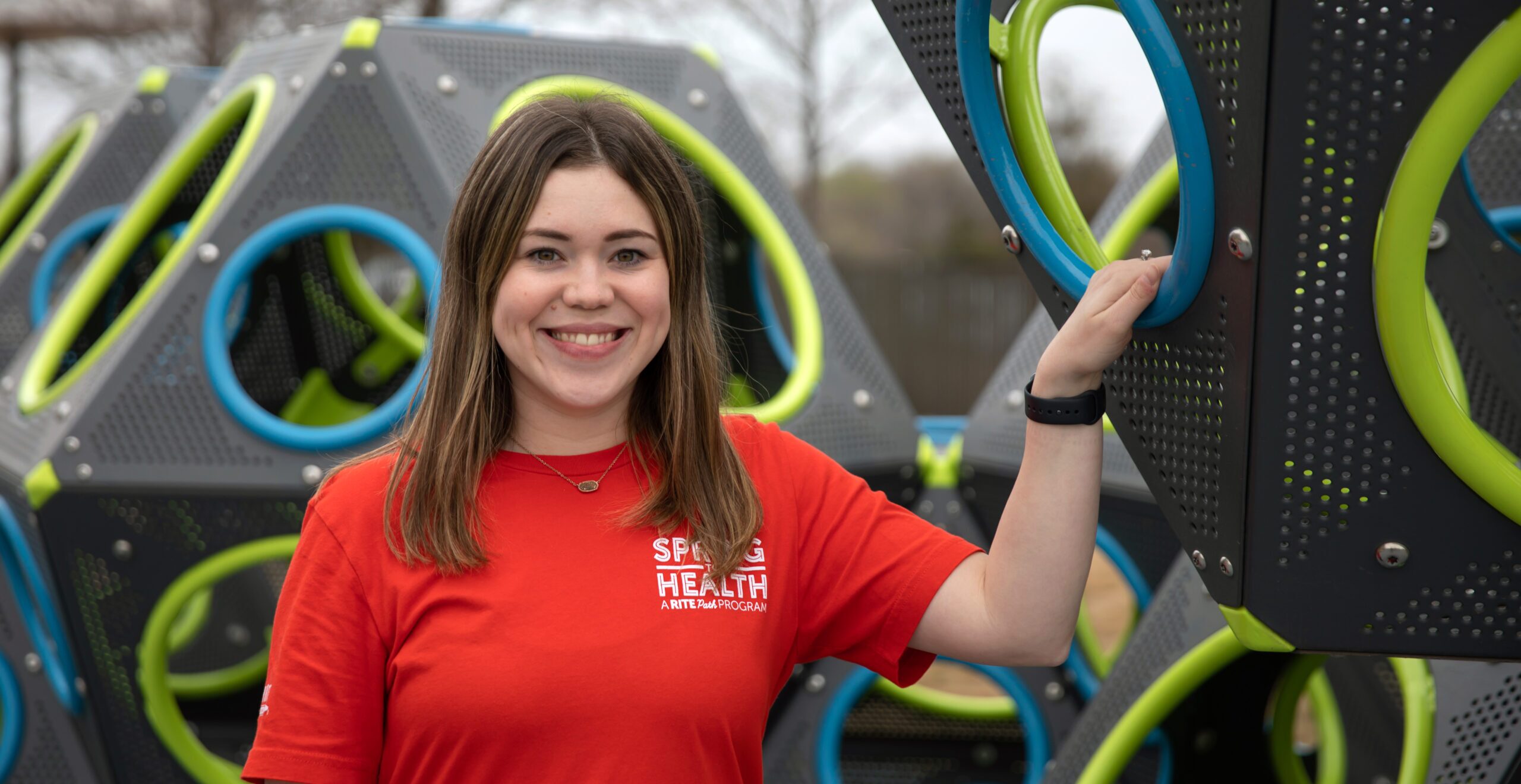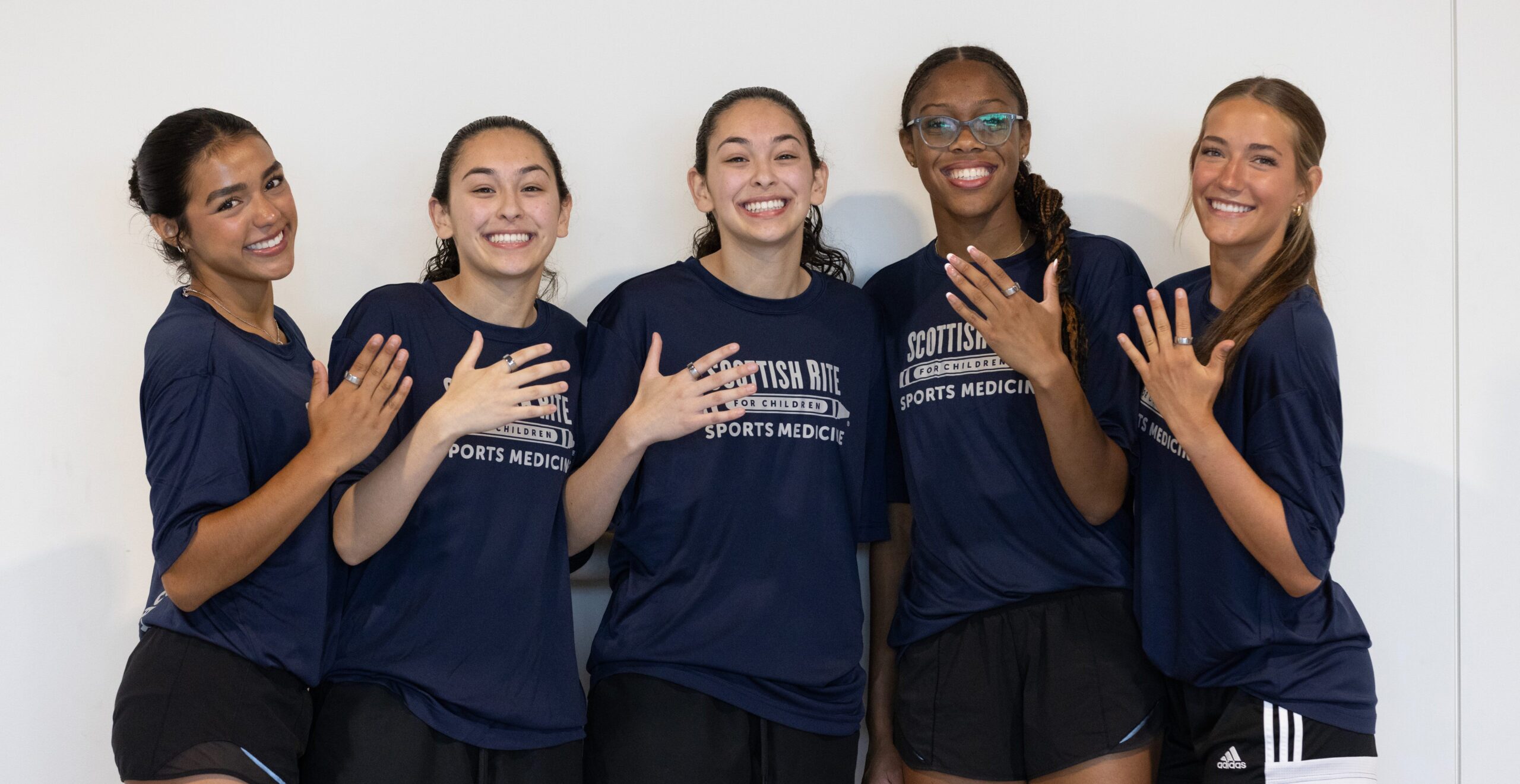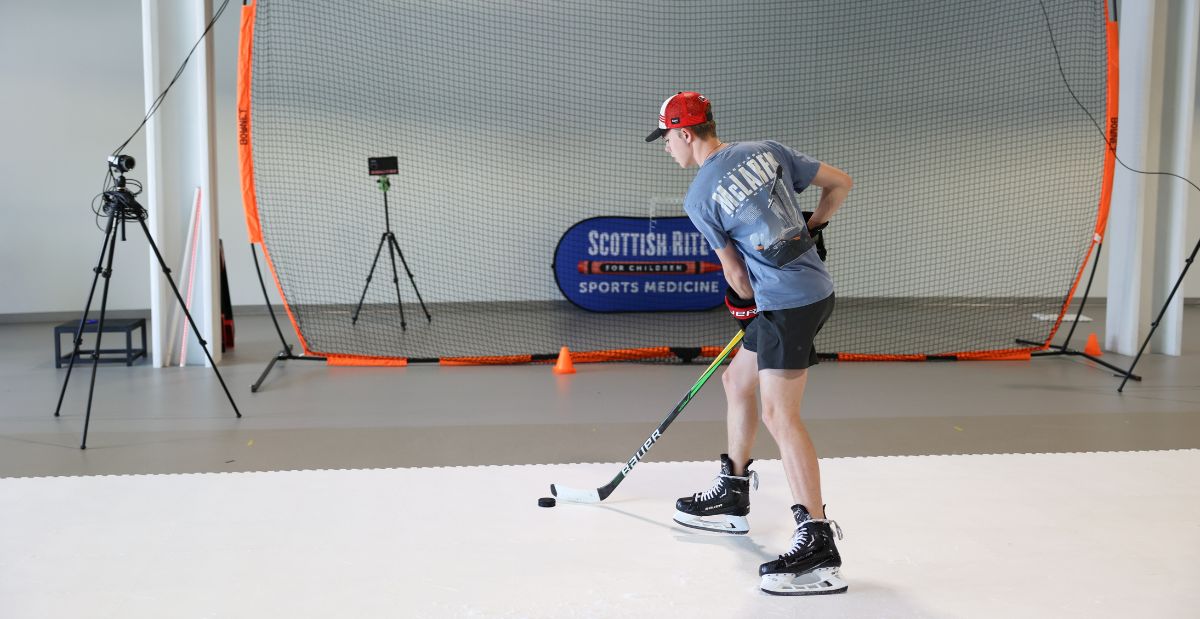This is a summary of a lecture provided by sports medicine physician Jacob C. Jones, M.D., RMSK, as part of the Coffee, Kids and Sports Medicine educational series.
Watch the full lecture.
Print the PDF.
Basic Ultrasound Physics
Most are aware that ultrasound uses sound waves to create an image, but that’s about where the knowledge stops. Here are a few key points to help with understanding the physics behind this technology:
- The transducer probe delivers sound waves into the body to reveal a boundary between two types of tissue (e.g. ligament and fluid).
- Some waves bounce back to the probe and some pass through the tissue to the next boundary.
- The transducer calculates the distance and speed converts to volts (piezoelectric effect).
- A 2-D, black and white image is produced on the screen based on a grayscale assigned to distances and intensities.
To improve the images produced, different transducers, also called probes, are available and are chosen based on size of field area, tissue depth and other variables.
Indications, Advantages and Disadvantages for Ultrasound in Pediatric Sports Medicine
Pediatric orthopedists have leaned on ultrasound in diagnosing conditions in the infant hip for many years. With a continued evolution of the subspecialty of pediatric sports medicine, there is a recognition that some conditions can be diagnosed safely and effectively with ultrasound.
Indications include:
Diagnostics
- Tendons
- Tendinopathy
- Strains
- Tears
- Muscles
- Strains
- Contusions
- Tears
- Nerves
- Entrapment
- Ligaments
- Sprains
- Tears
- Joints
- Effusion (swelling in the joint)
Interventional
- Guided Injections
- Tenotomies (procedure to a selected tendon)
- Aspirations/lavage
- Tendon/ligament releases
- Biopsies
Advantages Over Traditional Imaging
- Real-time imaging that is also dynamic.
- Needle guidance for procedures.
- Allows interaction with patient and family during imaging.
- Visual feedback can help patient commit to treatment.
- Less metal artifact compared to MRI in some cases.
- Contralateral limb can safely and easily be used as a control.
- Easily used in exam rooms and on the sidelines.
- Relatively inexpensive with reduced resource dependence.
- No radiation.
- Painless.
- Sonopalpation (palpation during ultrasound) and active or passive range of motion can be performed to enhance exam.
A Few Disadvantages to Consider When Using Ultrasound
- Limited field of view.
- Incomplete evaluation of bones and joints.
- Limited penetration.
- Operator-dependent.
- Evolving certification/accreditation standards.
- Equipment cost and variable quality
- Anisotropy – a type of artifact in which changing the angle at which the ultrasound wave interact with a tendon or muscle can affect the brightness of the image. Non-perpendicular images will cause hypoechoic (darker) images.
- Artifacts -causes unclear images.
- Excessive or disruptive pressure from sonopalpation.
Watch the full lecture to hear case examples of how ultrasound augments musculoskeletal evaluations and interventions:
- Knee: 11-year-old female soccer player with posterior knee popping and pain.
- Observe hamstring tendons as patient volitionally caused popping.
- Shoulder: Young baseball player, pain in cocking phase of throwing.
- Visualize posterior labral pathology with shoulder active movement.
- Hip: 17-year-old dancer with ongoing right hip pain.
- Measure femoral head protrusion in various positions.
- Calf: 18-year-old tennis player that felt some right calf pain while doing sprints.
- Compare to normal side and use sonopalpation help to confirm diagnosis.
- Humerus: Young baseball pitcher/catcher with pain in shoulder when throwing.
- Quantify physeal asymmetries side-to-side.
- Wrist: 9-year-old male tripped over opposing soccer player and landed on wrist.
- Quickly determine need to seek further care or return to play.
- Hip: 13-year-old male basketball player with chronic right hip pain and h/o a “pop” two years ago.
- Ultrasound-guided procedure followed by second round of physical therapy.
- Thigh: 16-year-old male sustained blow to thigh two months ago.
- Multi-planar view to evaluate.
Changing Your Practice
This information does not necessarily need to change your practice. Ultrasound is a complement to many other evaluation tools and imaging resources.
For practitioners interested in learning more about ultrasound, Jones recommends looking for local workshops to get a feel for using a device before purchasing one. The learning curve is steep, but the flexibility and benefits over time make it a great option for some providers.
Musculoskeletal Ultrasound at Scottish Rite for Children
In addition to Jones use of ultrasound in his sports medicine practice, radiology staff and pediatric radiologists also provide ultrasound for sport-related conditions, hip dysplasia as well as other conditions. Patients referred to Scottish Rite for Children providers all have access to this resource.
About the Expert
Jacob C. Jones, M.D., RMSK, is a sports medicine physician caring for young athletes at Scottish Rite for Children Orthopedic and Sports Medicine Center in Frisco. After a pediatric sports medicine fellowship, he completed intensive training in a musculoskeletal ultrasound fellowship.














